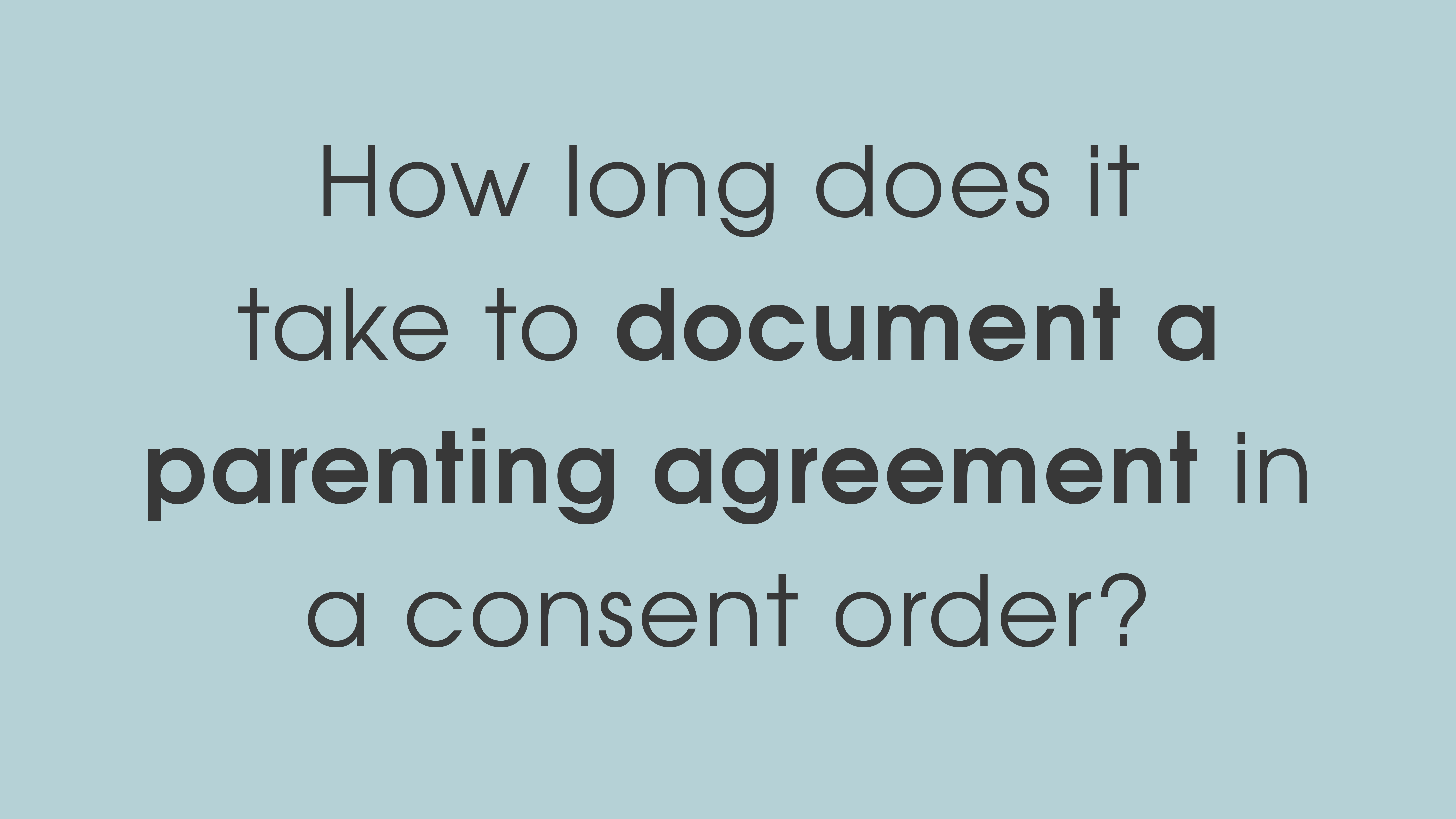Embarking on the Surrogacy Journey

The path to surrogacy in Australia involves profound compassion, legal intricacies, and careful planning. If you are considering surrogacy, it’s essential to understand the intricate steps involved in the process to ensure a smooth and legally compliant experience. Here, we break down the critical aspects of how to enter into a surrogacy arrangement in Australia.
1. Pre-Pregnancy Planning
In Australia, arrangements for altruistic surrogacies can only be made before the birth mother becomes pregnant. This critical step underlines the importance of careful planning and clear communication among all parties involved. The decision to embark on this journey should be well thought out, with everyone fully aware of their roles and responsibilities.
2. Counselling Support
Surrogacy is an emotionally charged journey for all involved. As part of the process, both the birth parents and the intended parents must receive counselling from a qualified counsellor. Importantly, birth parents and intended parents can share a counsellor, fostering understanding and open communication throughout the surrogacy experience.
3. Defining the Surrogacy Arrangement
Once the planning and counselling aspects have occurred, the next step is to agree on the terms of the surrogacy arrangement. These terms must be outlined in a written agreement. The agreement should cover various aspects, including but not limited to:
- Responsibility for legal expenses and other surrogacy-related costs.
- Agreed-upon medical procedures, such as the method of conception and the use of genetic material.
- Communication and involvement during the pregnancy and childbirth process.
A well-drafted surrogacy agreement provides a clear framework for the journey, minimising potential disputes and ensuring all parties’ expectations are met.

4. Legal Advice for All Parties
One fundamental requirement in the surrogacy process is that all parties, including the surrogate’s partner, if applicable, must seek legal advice. If there are two intended parents, or if you are a surrogate with a partner, you and your spouse can receive legal advice simultaneously. However, it’s crucial to note that the birth mother and the intended parent(s) cannot share the same lawyer. This separation ensures that each party’s legal rights and interests are properly represented and protected.
5. The Birth and Parentage Transfer
During the pregnancy, the birth mother maintains control over the pregnancy, including decisions regarding conception methods and genetic material. After the child’s birth, it’s crucial to register the birth immediately. The birth parents and the intended parents must obtain a surrogacy guidance report from a qualified and independent counsellor. Importantly, this counsellor cannot be the same professional who provided counselling before entering into the agreement, ensuring objectivity.
Following these steps, the child must reside with the intended parents for 28 days. After this period, the intended parents can apply for a court order to transfer parentage. This application must be submitted before the child reaches six months of age.
6. Legal Parentage
Once the court grants the parentage order, the birth parents no longer have a legal parental relationship with the child. Instead, the intended parents become the baby’s legal parents, solidifying the family unit.
7. The Enforceability of Surrogacy Arrangements
It’s crucial to note that surrogacy arrangements are not legally enforceable in Australia. This means that either the birth parents or the intended parents can change their minds at any time before the court issues a parentage order. However, it’s worth mentioning that a court may enforce costs in some circumstances, providing a degree of legal protection for parties who have incurred expenses during the surrogacy process.
In conclusion, while the surrogacy process in Australia involves numerous steps and legal complexities, it’s a journey that can bring profound joy to all involved parties. Careful planning, legal counsel, and open communication are crucial to navigating this path successfully, ensuring that the hopes and dreams of intended parents and the altruism of birth parents can come together to create new families.





